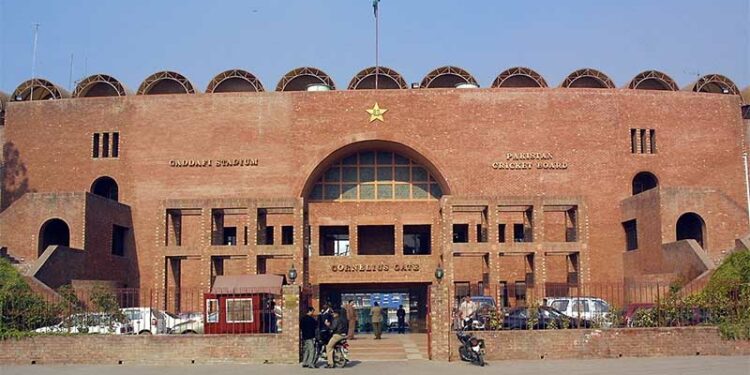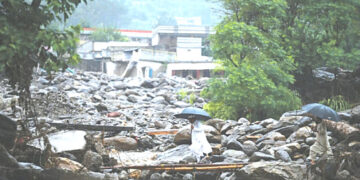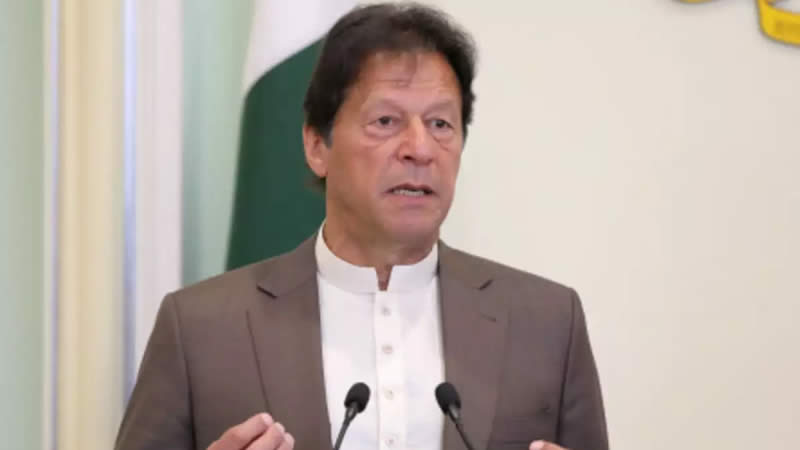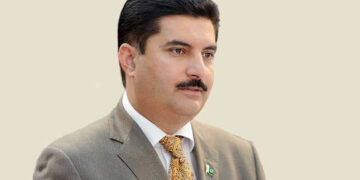ISLAMABAD: The cricket pitches on every individual ground across the globe have their own behaviours due to distinctive soils and diverse climate conditions of that specific area, making them impossible to prepare on a universal standard, applicable across the board.
However, keeping in view these scenarios, the International Cricket Council (ICC) has framed certain guidelines according to which, “a Test pitch should have a seam, bounce, spin, and carry at different stages to make an equal match for the batters and bowlers, slightly favouring the bowlers more”. A pitch is considered “poor” if it deprives the bowlers of a fair contest between bat and ball.
The Pindi Cricket Stadium pitch, commonly known as supportive for the seamers and a result-oriented surface, earned a demerit point for being batters’ paradise and was rated “below average” by the ICC after the first test between Australia and Pakistan disappointingly ended in a draw. This situation has created a debate and the critics, players and cricket fans the world over, citing it as another example, are demanding to prepare pitches that give results as Test Cricket in the age of T20 and T10 is already losing ground.
The Australian batsman Steve Smith was first to react with disappointment and he called the surface “dead” and “benign” which offered little help to the seamers. After this critical comments from everywhere started to pour in with no let up so far.
Former Indian opener Wasim Jaffer jumping on critics’ bandwagon expressed his displeasure and called dead and slow pitches, “a threat to the pinnacle format of the game.”
Federal Minister for Information and Broadcasting, Fawad Chaudhry’s statement was no exception to this situation and he was astonished over this dead surface for the historic Test match despite Pakistan having a “fiery bowling attack.” Rashid Latif, Pakistan cricket coach and a former wicket keeper also expressed his disapproval for “the sluggish pitch and low strike rate that diminish the match’s chances of a positive outcome.”
Pakistan all-rounder Muhammad Hafeez, known as professor, in a recent interview took a jibe at PCB for not being focused on improving the quality of infrastructure and suggested to bring change in the current condition of the pitches and providing curators with proper equipment to produce balanced surfaces.
Former Test cricketer Col (R) Naushad Ali who also worked as the ICC Match Referee in his words deplored and termed it a missed opportunity to “pin down Australia” at the outset of the Benaud-Qadir Trophy by producing a lifeless pitch at the Pindi Stadium.
This was not the first incident of a pitch being under-rated by ICC and it had also given Melbourne Cricket Ground Pitch worst ever rating calling it “extremely disappointing” on January, 02, 2018 after the fourth resultless Test between Australia and England.
The Pindi Test match’s major beneficiary Imam ul Haque defending the wicket said, “A draw is something nobody wants to see. Obviously when it’s a five-day Test everyone anticipates for a result. But when we go to Australian conditions, they don’t make pitches consulting us but make it according to their will so I think we should see our strength and should live up to our strength.”
The PCB Chairman Ramiz Raja endorsing Imam’s lines rejected criticism over Pindi’s track and said, “Just for the heck of it, we don’t want to prepare a fast and bouncy pitch and play into Australia’s hands.” However, the PCB chairman after harsh comments and reprehensive statements from around the world also assured to produce quality surfaces after the current season.
Raja in his video message said, “It takes 5-6 months to prepare pitches, and during the off-season, you will see – soil is coming from Australia; we’ve experimented, consulted soil experts and prepared soils, and we will redo 50-60 pitches all over Pakistan once our season ends in March-April.”
In a nutshell, cricket lovers consider Test cricket as “real cricket” and this can only be kept alive if well-balanced pitches are curated and in Pakistan all eyes are on the PCB’s Chairman to play his part which he has already promised.













